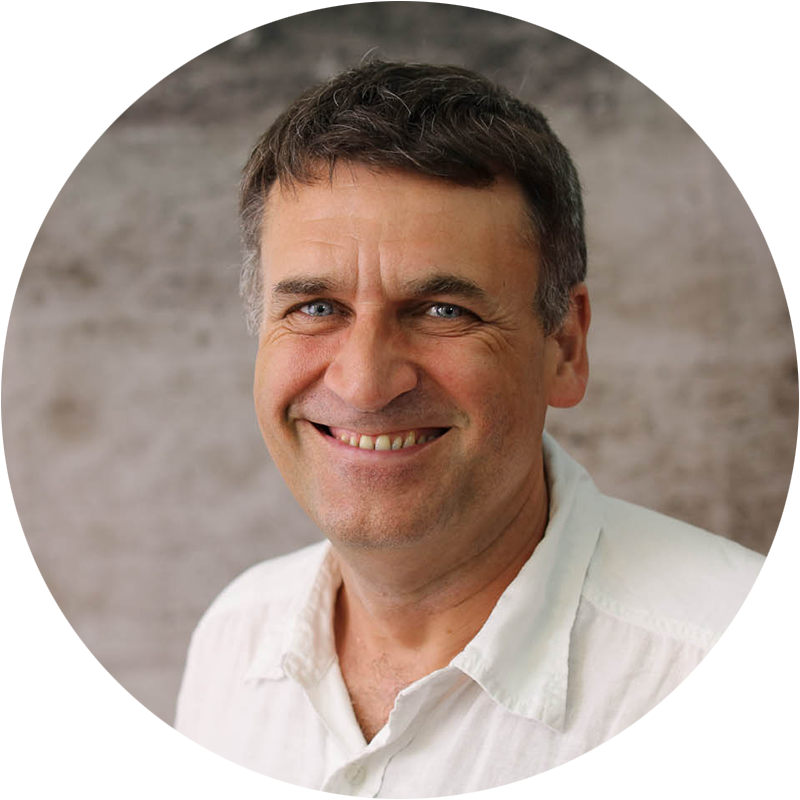

Switzerland Today
Dear Swiss Abroad,
Swiss Foreign Minister Ignazio Cassis is wrapping up his surprise visit to Israel and the West Bank, where he has met, among others, Palestinian Prime Minister Mohammad Mustafa and Israeli Foreign Minister Gideon Saar.
Today, we also report on a nightmare tourist trip to the United States, a chilly natural phenomenon in Lake Geneva, and the largest sporting event organised in Switzerland, the Swiss Gymnastics Festival, which kicks off tomorrow in Lausanne.
Enjoy the read!

Swiss Foreign Minister Ignazio Cassis arrived in Tel Aviv on Tuesday afternoon for a 20-hour visit to Israel and the West Bank. The main objective of the visit was for Cassis to get his own impression of the humanitarian aid work going on in the region.
“We will survive” – this is how Palestinian Prime Minister Mohammad Mustafa welcomed Cassis in Ramallah on Wednesday morning, thanking him for coming to see the situation for himself. Cassis and Mustafa addressed, among other things, the issue of the conference scheduled to take place next week in New York on the two-state solution, when several countries might recognise a Palestinian state. “For Switzerland, the issue of the recognition of Palestine represents the culmination of a credible political process leading to a two-state solution,” Swiss foreign ministry spokesperson Nicolas Bideau told the Keystone-ATS news agency after the meeting.
Following his Ramallah stop, the Swiss foreign minister travelled to Jerusalem for face-to-face talks with his Israeli counterpart, Gideon Saar. Among the issues discussed were concerns about the humanitarian situation in the Gaza Strip.
In recent days, Cassis has been sharply criticised in Switzerland for his positions on the Middle East crisis, with some arguing that he appears too conciliatory towards Israel. In an open letter, 56 former Swiss diplomats said they were shocked by Switzerland’s “silence and passivity” in the face of the “war crimes” committed by Israel in the Gaza Strip. Criticism also surfaced within the Swiss foreign ministry itself; a letter signed by staff urges Cassis to “strongly condemn the Israeli army’s indiscriminate operations in Gaza and the West Bank”.

A Swiss woman who recently travelled to New York to celebrate her birthday had a nightmare experience: she ended up in a detention centre in New Jersey and was later deported.
What happened to this woman could happen to anyone as a direct consequence of recent immigration policies introduced by the Trump administration, lawyer Pascal Ronc told the Neue Zürcher Zeitung (NZZ). Lara – a fictitious name chosen by NZZ to protect her identity – landed in New York on April 9 with a valid tourist visa. An education student and teacher, she had travelled to New York to celebrate her birthday with friends who live there, a city she knows well from previous study trips.
But as soon as she landed, Lara was selected for further screening by US Customs and Border Protection agents and spent six hours with other passengers. The agents were curious why she travelled so often. When they discovered that she also teaches American students online, they suspected that she wanted to work illegally in the country. They then asked her to unlock her phone, as well as her access codes to social networks and e-banking. They did not believe her explanations and told her: “Either you admit that you are here to work, or you go to jail.” The woman asked for a lawyer and to contact the Swiss embassy and was told: “You have no rights here; you are not an American citizen.”
Lara was chained to her feet and waist and transferred to the Elizabeth Detention Centre, a detention centre in New Jersey. “I cried for the first time,” she told NZZ. “The facility houses 350 people, despite having only 250 places. There is a lack of medicines, drinking water and soap,” NZZ reported. Lara, who was menstruating, only received a tampon after many requests. After 24 hours, the woman – chained, with blood-stained clothes and with “bruises and wounds documented by photos” – was escorted by armed agents to a plane to be deported. Only when she was in the air were her passport and phone returned to her. The Swiss foreign ministry, which intervened with the US authorities via the consulate in New York, said it had expressed its concerns about what had happened during a meeting in April with the US chargé d’affaires in Bern.

Anyone who took a dip in Lake Geneva over the Whitsun weekend in Geneva can confirm: the water was chilly as the surface water temperature had dropped eight degrees Celsius over the space of just a few days.
This phenomenon occurs in the lake almost every year at the beginning of summer when there is a thin top layer of warm water. But the lake temperature doesn’t always drop so sharply. In the space of just a few days, the temperature fell from 19° Celsius to 11° C in the Petit Lac (the eastern part of Lake Geneva, where Geneva is located). The sharpest drop was observed in 2017 at the Bains des Pâquis, Geneva’s famous lido: the water temperature fell from 23° C to 8° C in two days.
This upwelling – where deep, cold water rises toward the surface – was caused by a “strong and persistent south-westerly wind, which shifted the warm surface water to the north-east; in return, the cold water at depth rose,” explained Damien Bouffard of the Swiss Federal Institute of Aquatic Science and Technology (Eawag).
Lake Geneva is not the only Swiss lake affected by this phenomenon. Upwelling has also been recorded in Lake Lucerne and in Lake Thun, where it has led to a significant drop in temperature in the Aare River.

Lausanne is ready for Switzerland’s largest sporting event: from June 12-22, around 70,000 gymnasts are expected in the Vaud capital.
Organised for the first time in 1832, 16 years before the founding of the federal state, the Swiss Gymnastics Festival has grown to become the largest gathering of sportsmen and women in Switzerland. Historian Gil Mayencourt, author of an essay on the subject, explained to the 24heures newspaper that initially the event was mainly a “political project” to “unify” a country still characterised by strong cantonal autonomy.
It was only after 1848, following the Sonderbund War of 1847, that the festival became more an event of reconciliation. “The emphasis was then placed on apoliticality, to involve as many people as possible, at least in terms of discourse,” said Mayencourt. However, it took some time before the gymnastics festival involved all of Switzerland. Initially, the rural and conservative Catholic regions were not interested. There was also an economic explanation: 19th century peasants, like factory workers, had neither the time, energy nor money to join a gymnastics society.
The integration of women took even longer. Until the end of the 19th century, gymnastics remained a male activity. The first women’s day would not be organised until 1932, but it would have to wait until 1984 to witness the first truly mixed gymnastics festival.

In compliance with the JTI standards
More: SWI swissinfo.ch certified by the Journalism Trust Initiative



























